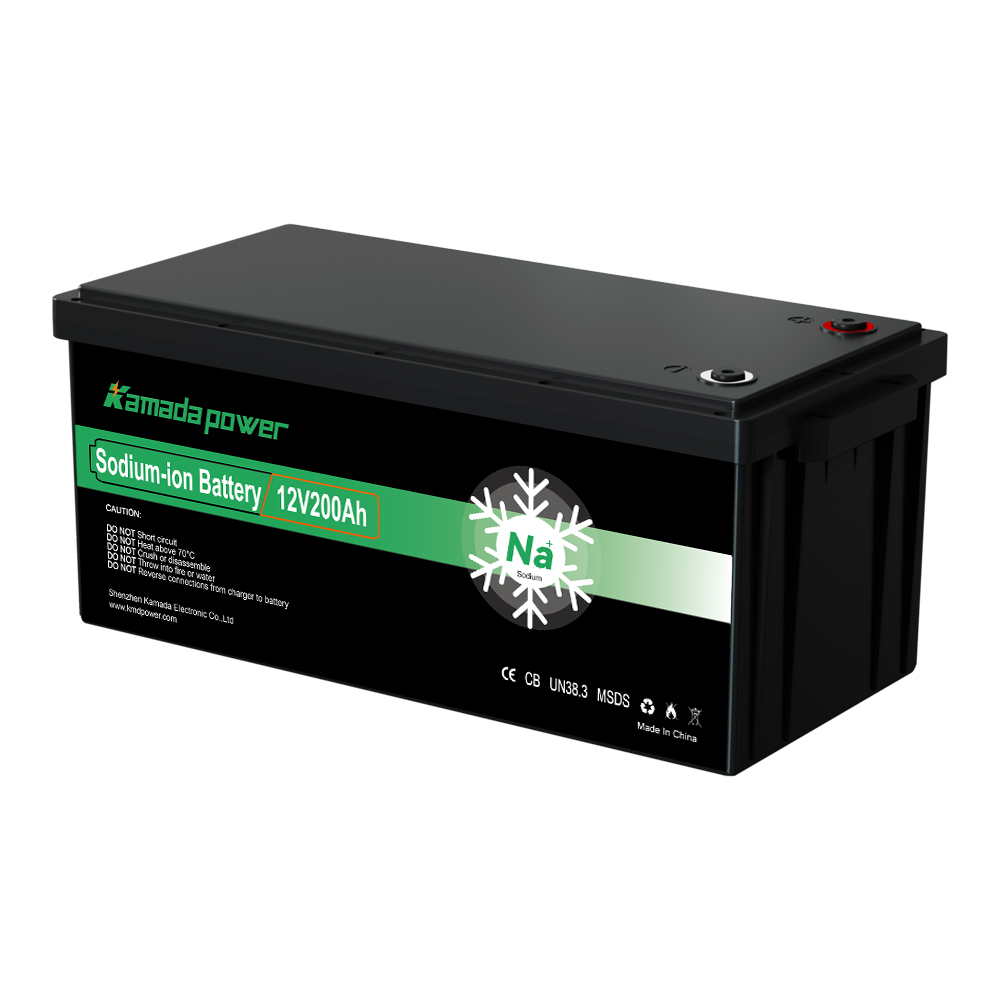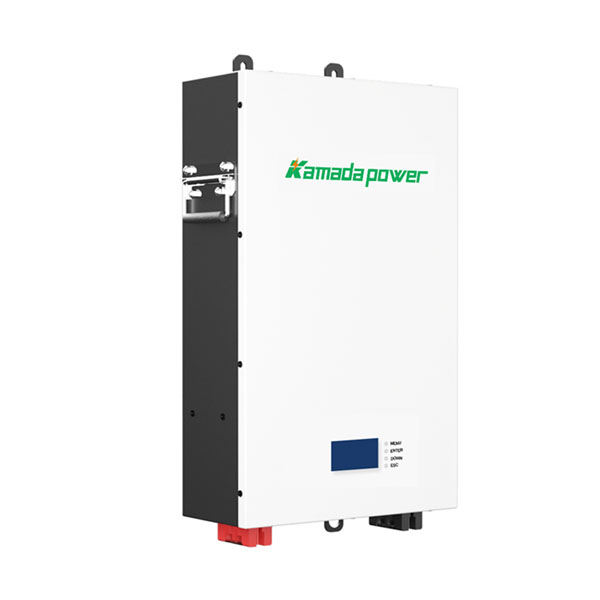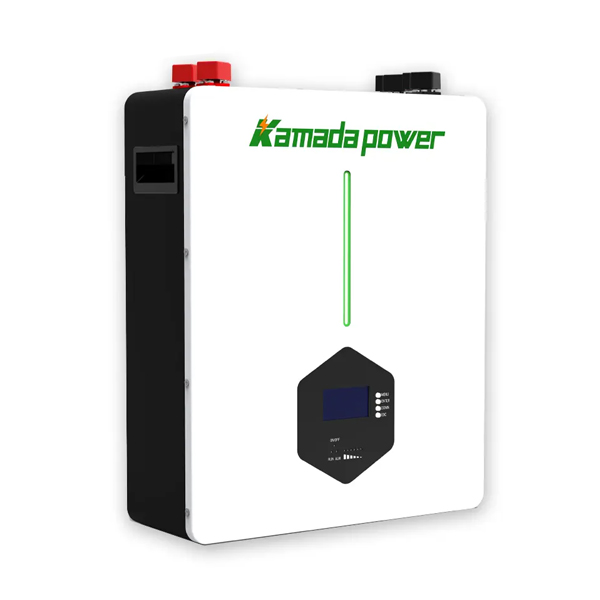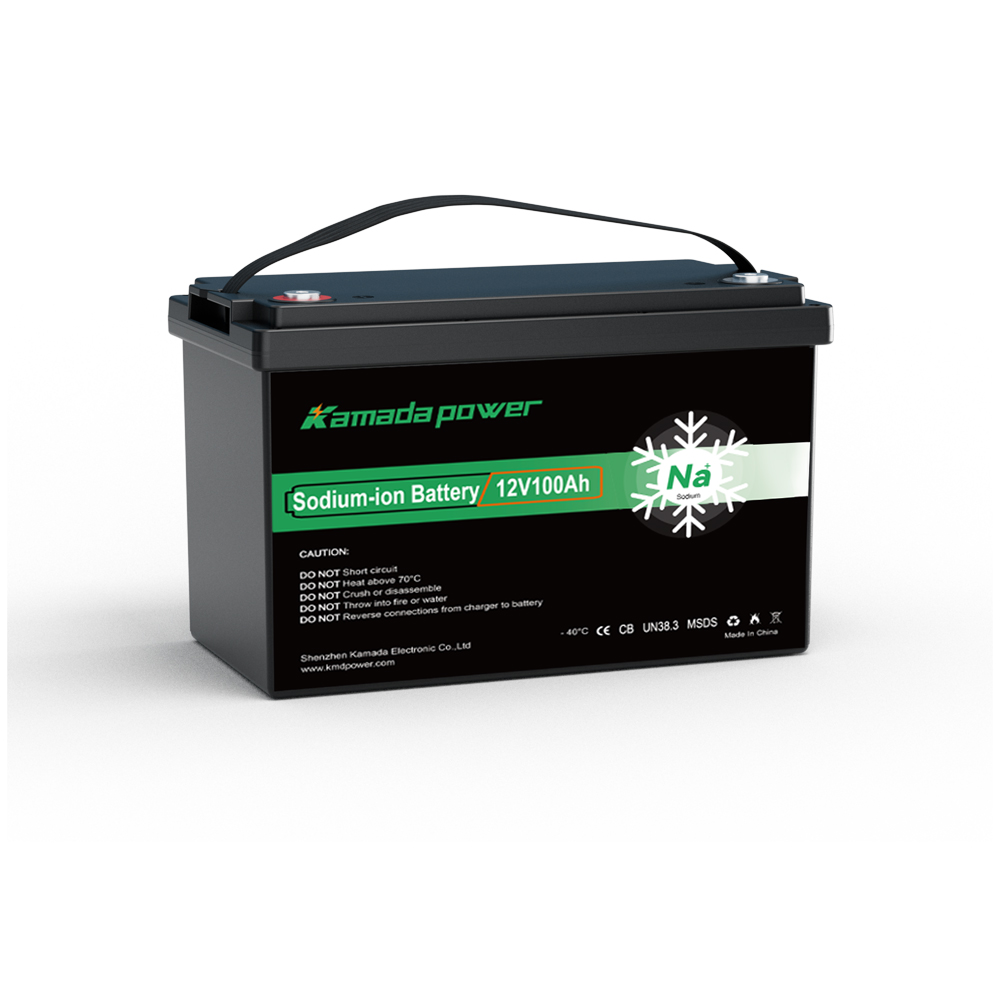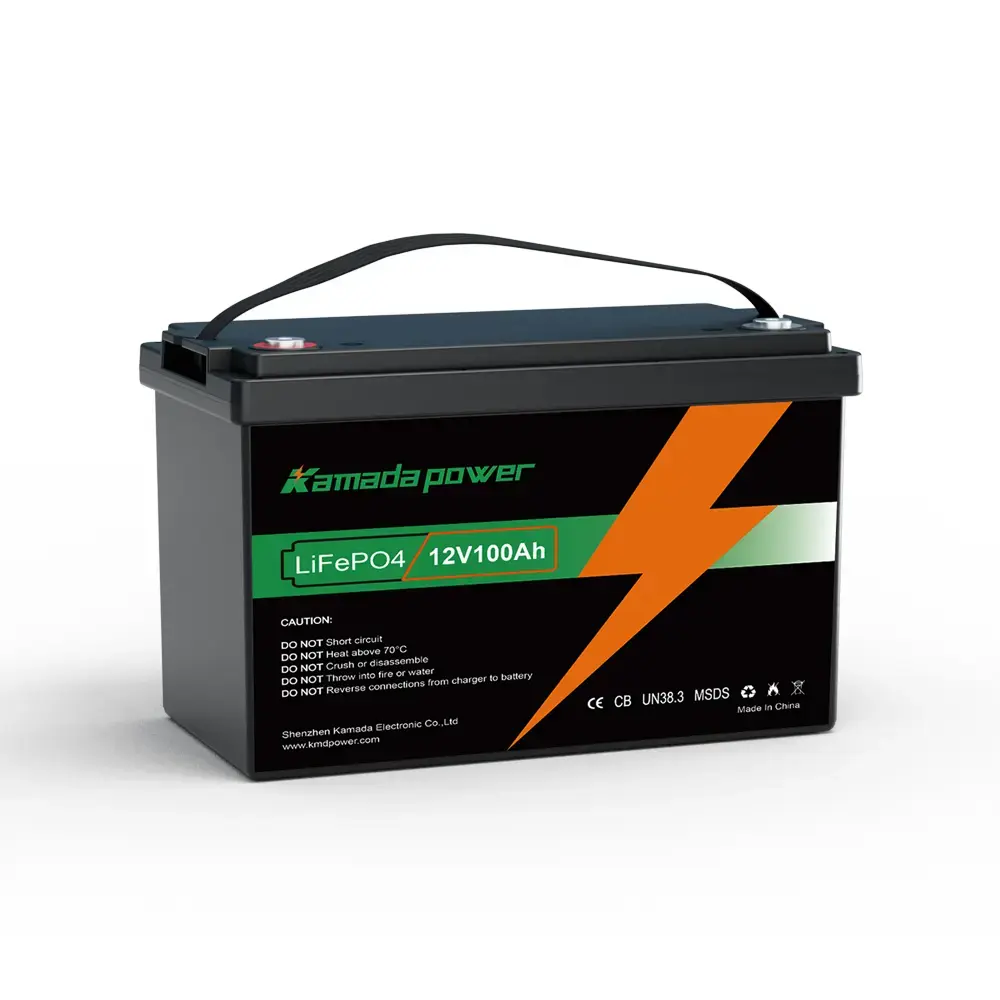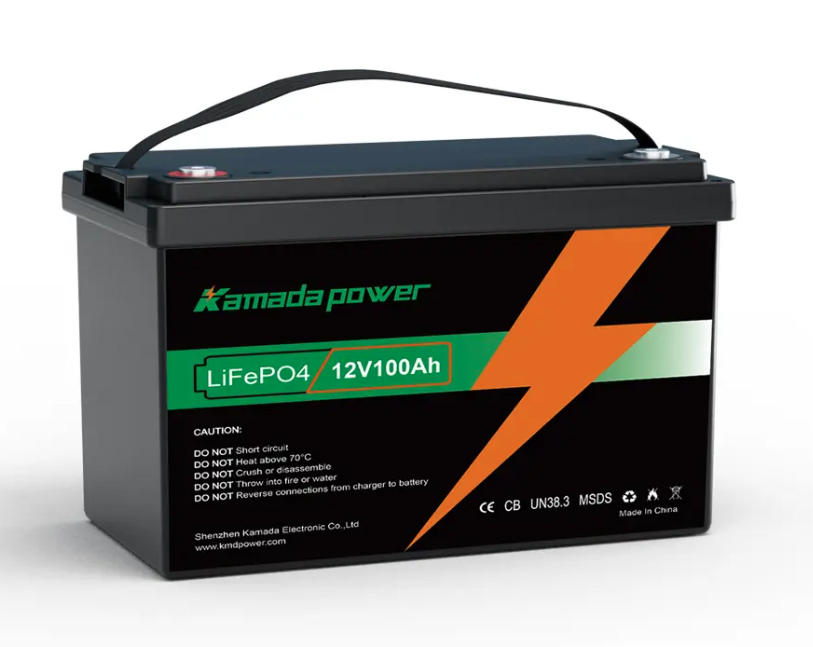
Kamada Lifepo4 Battery Deep Cycle 6500+ Cycles 12v 100Ah
Whats the Difference Amp Hours to Watt-Hours? Selecting the optimal power source for your RV, marine vessel, ATV, or any other electronic device can be likened to mastering an intricate craft. Understanding the intricacies of power storage is crucial. This is where the terms ‘ampere-hours’ (Ah) and ‘watt-hours’ (Wh) become indispensable. If you’re stepping into the realm of battery technology for the first time, these terms might seem overwhelming. Fret not, we’re here to provide clarity.
In this article, we will delve into the concepts of ampere-hours and watts, along with other pivotal metrics associated with battery performance. Our aim is to elucidate the significance of these terms and guide you in making an informed battery selection. So, read on to enhance your understanding!
Decoding Ampere-Hours & Watts
Embarking on a quest for a new battery, you’ll frequently encounter the terms ampere-hours and watt-hours. We’ll elucidate these terms comprehensively, shedding light on their respective roles and significance. This will equip you with a holistic understanding, ensuring you grasp their importance in the battery world.
Ampere Hours: Your Battery Stamina
Batteries are rated based on their capacity, often quantified in ampere-hours (Ah). This rating informs users about the amount of charge a battery can store and supply over time. Analogously, think of ampere-hours as your battery’s endurance or stamina. Ah quantifies the volume of electric charge a battery can dispense within an hour. Similar to a marathon runner’s endurance, the higher the Ah rating, the longer a battery can maintain its electrical discharge.
Generally speaking, the higher the Ah rating, the longer the battery’s operational duration. For instance, if you’re powering a sizable appliance like an RV, a higher Ah rating would be more suitable than for a compact kayak trolling motor. An RV often operates multiple devices over extended periods. A high Ah rating ensures prolonged battery life, reducing the frequency of recharging or replacement.
| Ampere-Hours (Ah) | User Value and Application Scenarios | Examples |
|---|---|---|
| 50ah | Beginner Users Suitable for light-duty devices and small tools. Ideal for short outdoor activities or as backup power sources. |
Small camping lights, handheld fans, power banks |
| 100ah | Intermediate Users Fits medium-duty devices like tent lighting, electric carts, or backup power for short trips. |
Tent lights, electric carts, home emergency power |
| 150ah | Advanced Users Best for long-duration use with large devices, such as boats or large camping equipment. Meets prolonged energy demands. |
Marine batteries, large camping vehicle battery packs |
| 200ah | Professional Users High-capacity batteries suitable for high-power devices or applications requiring extended operation, like home backup power or industrial use. |
Home emergency power, solar energy storage systems, industrial backup power |
Watt Hours: Comprehensive Energy Assessment
Watt-hours stand out as a paramount metric in battery evaluation, offering a comprehensive view of a battery’s capacity. This is achieved by factoring in both the battery’s current and voltage. Why is this crucial? It facilitates the comparison of batteries with varying voltage ratings. Watt-hours represent the total energy stored within a battery, akin to understanding its overall potential.
The formula to compute watt-hours is straightforward: Watt Hours = Amp Hours × Voltage.
Consider this scenario: A battery boasts a 10 Ah rating and operates at 12 volts. Multiplying these figures yields 120 Watt Hours, indicating the battery’s capacity to deliver 120 units of energy. Simple, right?
Understanding your battery’s watt-hour capacity is invaluable. It aids in comparing batteries, sizing up backup systems, gauging energy efficiency, and more. Therefore, both ampere-hours and watt-hours are pivotal metrics, indispensable for well-informed decisions.
The common values of Watt-hours (Wh) vary depending on the type of application and device. Below are approximate Wh ranges for some common devices and applications:
| Application/Device | Common Watt-hours (Wh) Range |
|---|---|
| Smartphones | 10 – 20 Wh |
| Laptops | 30 – 100 Wh |
| Tablets | 20 – 50 Wh |
| Electric Bicycles | 400 – 500 Wh |
| Home Battery Backup Systems | 500 – 2,000 Wh |
| Solar Energy Storage Systems | 1,000 – 10,000 Wh |
| Electric Cars | 50,000 – 100,000+ Wh |
These values are for reference only, and actual values may vary due to manufacturers, models, and technological advancements. When choosing a battery or device, it’s recommended to consult the specific product specifications for accurate Watt-hours values.
Comparing Ampere Hours and Watt Hours
At this juncture, you might discern that while ampere-hours and watt-hours are distinct, they closely interrelate, particularly concerning time and current. Both metrics assist in assessing a battery’s performance relative to energy needs for boats, RVs, or other applications.
To clarify, ampere-hours denote a battery’s capacity to retain charge over time, while watt-hours quantify the battery’s overall energy capacity across time. This knowledge aids in selecting the most suitable battery for your requirements. To convert ampere-hour ratings to watt-hours, utilize the formula:
Watt hour = amp hour X voltage
here’s a table showcasing examples of Watt-hour (Wh) calculations
| Device | Ampere-hours (Ah) | Voltage (V) | Watt-hours (Wh) Calculation |
|---|---|---|---|
| Smartphone | 2.5 Ah | 4 V | 2.5 Ah x 4 V = 10 Wh |
| Laptop | 8 Ah | 12 V | 8 Ah x 12 V = 96 Wh |
| Tablet | 4 Ah | 7.5 V | 4 Ah x 7.5 V = 30 Wh |
| Electric Bicycle | 10 Ah | 48 V | 10 Ah x 48 V = 480 Wh |
| Home Battery Backup | 100 Ah | 24 V | 100 Ah x 24 V = 2,400 Wh |
| Solar Energy Storage | 200 Ah | 48 V | 200 Ah x 48 V = 9,600 Wh |
| Electric Car | 500 Ah | 400 V | 500 Ah x 400 V = 200,000 Wh |
Note: These are hypothetical calculations based on typical values and are meant for illustrative purposes. Actual values may vary based on specific device specifications.
Conversely, to convert watt-hours to ampere-hours:
Amp hour = watt-hour / Voltage
here’s a table showcasing examples of Amp hour (Ah) calculations
| Device | Watt-hours (Wh) | Voltage (V) | Ampere-hours (Ah) Calculation |
|---|---|---|---|
| Smartphone | 10 Wh | 4 V | 10 Wh ÷ 4 V = 2.5 Ah |
| Laptop | 96 Wh | 12 V | 96 Wh ÷ 12 V = 8 Ah |
| Tablet | 30 Wh | 7.5 V | 30 Wh ÷ 7.5 V = 4 Ah |
| Electric Bicycle | 480 Wh | 48 V | 480 Wh ÷ 48 V = 10 Ah |
| Home Battery Backup | 2,400 Wh | 24 V | 2,400 Wh ÷ 24 V = 100 Ah |
| Solar Energy Storage | 9,600 Wh | 48 V | 9,600 Wh ÷ 48 V = 200 Ah |
| Electric Car | 200,000 Wh | 400 V | 200,000 Wh ÷ 400 V = 500 Ah |
Note: These calculations are based on the given values and are hypothetical. Actual values might vary based on the specific device specifications.
Battery Efficiency and Energy Loss
Understanding Ah and Wh is fundamental, but it’s equally crucial to grasp that not all the stored energy in a battery is accessible. Factors such as internal resistance, temperature variations, and the efficiency of the device using the battery can result in energy losses.
For instance, a battery with a high Ah rating might not always deliver the expected Wh due to these inefficiencies. Recognizing this energy loss is essential, especially when considering high-drain applications like electric vehicles or power tools where every bit of energy counts.
Depth of Discharge (DoD) and Battery Lifespan
Another vital concept to consider is the Depth of Discharge (DoD), which refers to the percentage of a battery’s capacity that has been used. While a battery might have a certain Ah or Wh rating, using it to its full capacity frequently can shorten its lifespan.
Monitoring the DoD can be crucial. A battery discharged to 100% frequently might degrade faster than one used up to only 80%. This is particularly significant for devices requiring consistent and reliable power over extended periods, like solar storage systems or backup generators.
| Battery Rating (Ah) | DoD (%) | Usable Watt Hours (Wh) |
|---|---|---|
| 100 | 80 | 2000 |
| 150 | 90 | 5400 |
| 200 | 70 | 8400 |
Peak Power vs. Average Power
Beyond just knowing the total energy capacity (Wh) of a battery, it’s essential to understand how quickly that energy can be delivered. Peak power refers to the maximum power a battery can deliver at any given moment, while average power is the sustained power over a specified period.
For example, an electric car needs batteries that can deliver high peak power to accelerate quickly. On the other hand, a home backup system might prioritize average power for sustained energy delivery during power outages.
| Battery Rating (Ah) | Peak Power (W) | Average Power (W) |
|---|---|---|
| 100 | 500 | 250 |
| 150 | 800 | 400 |
| 200 | 1200 | 600 |
At Kamada Power, our fervor lies in championing LiFeP04 battery technology, striving to deliver top-tier solutions in terms of innovation, efficiency, performance, and customer support. Should you have inquiries or require guidance, do reach out to us today! Explore our extensive range of Ionic lithium batteries, available in 12 volt, 24 volt, 36 volt, and 48 volt configurations, tailored to meet varying amp hour requirements. Additionally, our batteries can be interconnected in series or parallel configurations for enhanced versatility!


